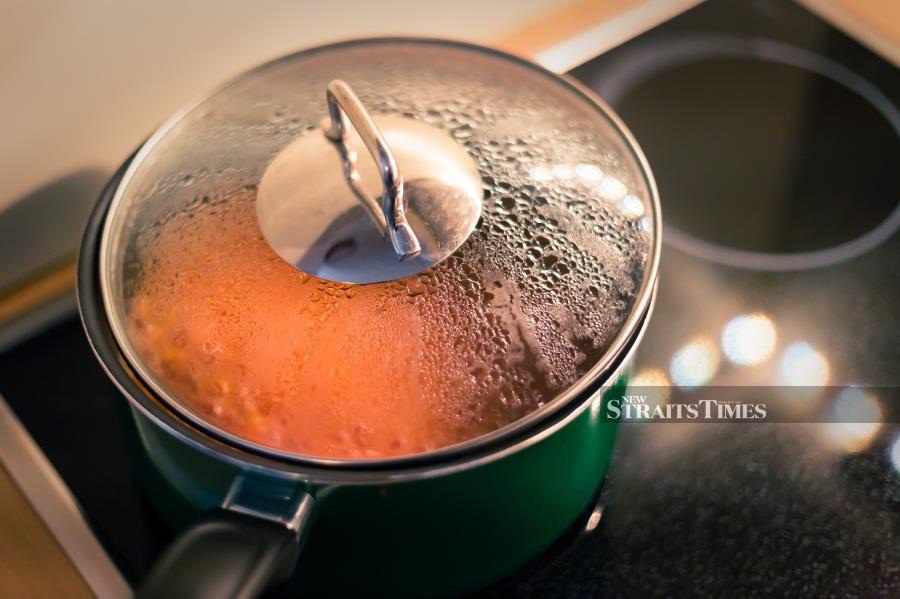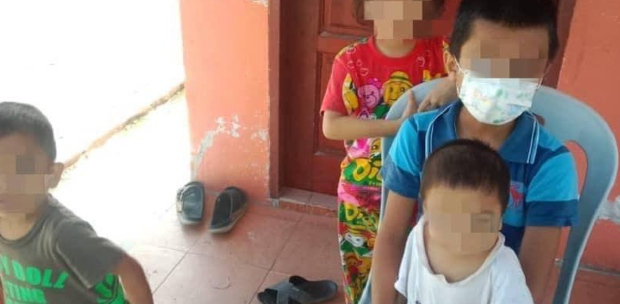IT'S another new year! Year-end festivities and feasting have come and gone! With travel bans somewhat lifted and get-togethers happening again, our lives are slowly resuming to how we knew it, pre-Covid-19.
Even though we continue to observe the standard operating procedures (SOP) when we meet, the way we cook and dine haven't changed much. This brings us to the question of what we should do with our leftovers.
At this point in time, we'd probably be staring at those bits of roast turkey, meats, potatoes, vegetables, curries, pastas, rice, pizzas and so on. Some people are very creative with turning leftovers into delicious "new" dishes. Others might not be quite adept at it and will reheat the same thing for days.
It's also very tempting to just keep giving leftover food to the loved ones in your care, especially if you think they won't complain. When you do that, you've got to taste the food first before feeding it to them.
You don't want to give them stomach ache or worse still, food poisoning. They'd cry because they're in pain; you'd cry because you'd have to clean up all that vomit and diarrhoea. This is certainly not the way you'd want to spend the holidays and greet the new year.
BE CAUTIOUS
Before you fall into that trap, there are a few things you need to know about eating leftovers, as well as fresh food that you've cooked in big batches to be frozen and eaten when they're needed. How long can you safely keep them? How do you reheat them? Can you, or the loved ones in your care, eat leftovers without getting sick?
Let's first start with how you keep food. As a rule, you should refrigerate leftovers within two to three hours after it's cooked. The bacteria that cause food poisoning grow quickly at room temperature. If you didn't cover the food, flies and other insects might have landed and laid eggs or droppings on the food. This contributes to food poisoning too.
We've often been told to cool the food first before keeping it in the fridge or else the fridge would get spoiled. This is now apparently a myth because modern refrigerators can cope with it.
However, ensure that you've set the temperatures of the fridge and freezer to 4 degrees Celcius and -16 degrees Celcius respectively. If your fridge doesn't show the exact temperature, buy an appliance thermometer to check the reading.
When you keep food in the fridge, don't jam-pack your fridge. Make sure there's room between items so that cold air can circulate and cool the food. The other thing to remember is to separate raw from cooked food, and always keep your fridge clean.
We all know how delicious freshly cooked food is. However, sometimes we have to work smart, especially if we don't have the time to cook a fresh meal each time every day for every meal. This is when cooking food like stews, soups, sauces, roasts, and curries in big batches come in handy.
Portion out the food you've cooked into airtight containers, according to your needs for a meal, and freeze the rest within two hours of being prepared. These can last up to three to four months. It can go for longer, but they'd lose flavour and texture.
Refrigerate what you can't finish, but ensure that it doesn't go beyond four days. By then, it'd be unsafe to consume it even if it still looks edible and doesn't smell. You can't see, smell, or taste germs that can make you sick.
Remember that food can lose its nutritional value when kept too long. If you're caring for someone with medical conditions, make an effort to give freshly prepared food.
HEAT RIGHT
Freezing food doesn't kill bacteria; it just slows the growth. Microwaving food, if not done properly, doesn't kill bacteria either. There have been studies that reported that microwaving certain food for five minutes didn't kill salmonella.
When reheating food, stove-top heating in a pan or in the oven is still the best. If there's liquid, make sure the food comes to a rolling boil. You can microwave your leftovers, but ensure it has been heated right through. Microwaves cook food from the outside in, leaving cold spots where bacteria can grow.
To safely microwave food, make sure you use a vented lid and stir the food halfway through cooking it by stirring, rotating or turning it upside down. Also, let the microwaved food stand for a few minutes before eating it so you don't burn your tongue and mouth.
Many of us have been raised to not waste food, and we feel guilty when we throw away food that could possibly still be consumed. It's time to teach ourselves something new: when in doubt, throw it out! It's cheaper to throw away leftovers or expired food than to get sick with a hefty hospital bill to pay.
On that note, may the new year be safer and healthier than the year before. Happy 2022!
[The views expressed in this article are the writer's own.]
Putri Juneita Johari volunteers for the Special Community Society of Ampang. She can be reached at [email protected].
Order ready-to-eat meals at discounted prices with foodpanda Voucher Code.





